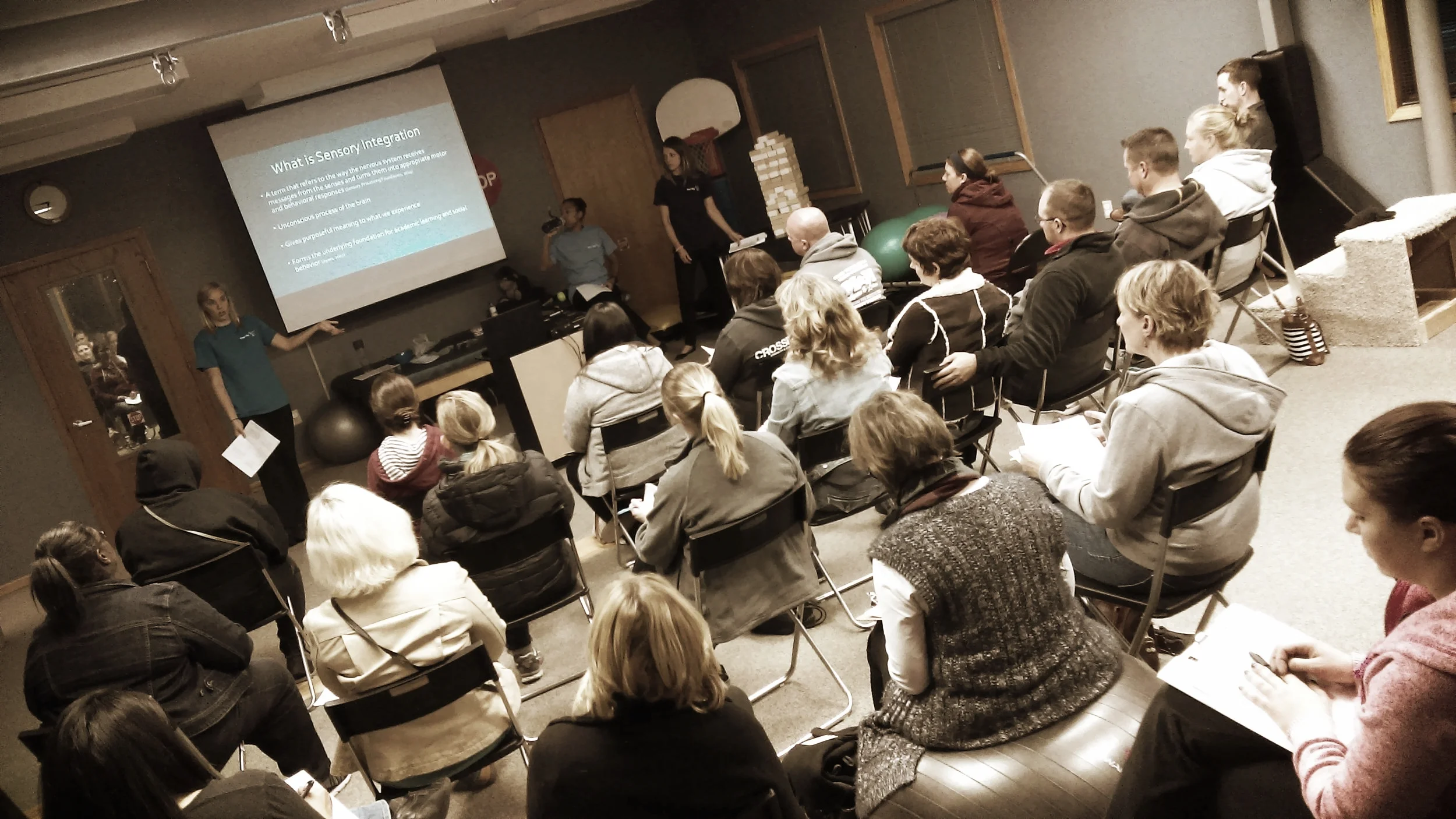Finding yourself stuck inside with the kids due to the weather, a quarantine or even because of a scary squirrel that has camped out near your door and you are scared to go near him (who isn't no one knows hat squirrels are thinking)? Well, Occupational Therapist Mallory and Christine have you covered. This video is almost 5 minutes but it gives some really good ideas for getting kids moving indoors, getting them the sensory input they need and keeping the caregiver sane. How to make a crash pad, why chewy foods are best and what in the world is a hotdog roll activity? Check out the video and find out about these and so many more ideas for you!
TOPS Tips video on sensory activities for children
Read More




















